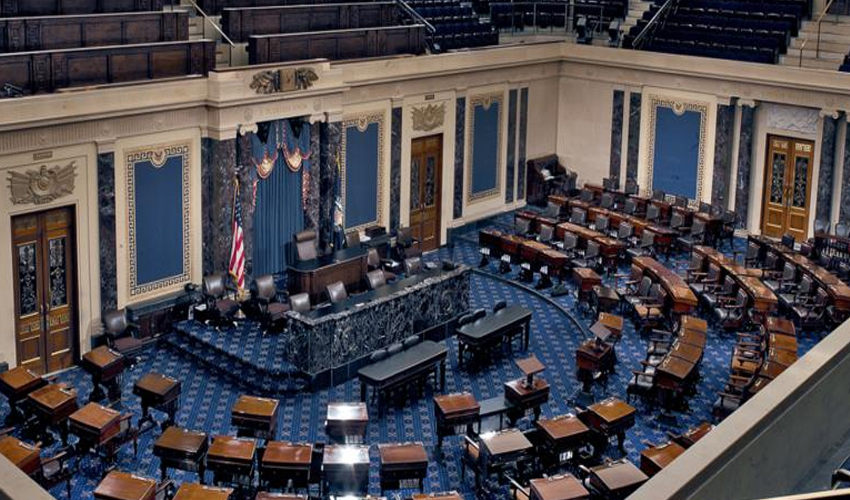As Americans prepare for the upcoming elections on November 5, 2024, all eyes are not solely on the presidential race between Kamala Harris and Donald Trump. This election cycle is crucial for filling 34 of the 100 Senate seats, an integral part of US government structure that directly influences the balance of power in Congress.
The staggered election system of the Senate is rooted in the founding principles of the United States, designed to ensure political stability. When the U.S. Constitution was crafted, the framers established a “three-class system” for Senate elections. Senators were divided into three groups by lot, with terms expiring at different intervals: two years, four years, and six years. This system was implemented to prevent complete turnover in the Senate during each election cycle, thereby maintaining continuity and stability within the government.
As a result, only one-third of the Senate is up for election every two years. This allows for a more gradual change in the Senate's makeup, contrasting sharply with the House of Representatives, where all 435 members serve two-year terms and face reelection during every election cycle.
Implications for upcoming elections
The current political landscape sees the Democratic Party holding a slender majority in the Senate, with 51 seats compared to the Republicans’ 49. The outcome of the November elections will be pivotal in determining the control of this legislative body. Republicans need to secure a net gain of one seat to gain control, assuming Trump defeats Harris in the presidential race. If Harris emerges victorious, Republicans would need to gain two seats to reclaim power, as the vice president serves as the tie-breaking vote.
Of the 34 seats up for grabs this election, 23 are currently held by Democrats or independents. This presents a significant opportunity for Republicans, particularly in key battleground states where races are expected to be closely contested. States like Michigan are drawing particular attention as potential tipping points that could sway the Senate majority.
In contrast, the House of Representatives operates under a different electoral framework. All representatives are elected every two years, making them more vulnerable to political shifts and public sentiment. This frequency of elections can lead to rapid changes in party control, as seen in previous election cycles. For instance, although some representatives have long tenures—like former House Speaker Nancy Pelosi, who served for 37 years—the two-year term encourages a constant reevaluation of incumbents.
As the Republicans aim to maintain their majority in the House, with 220 seats against 212 for the Democrats, numerous races are classified as toss-ups, adding to the unpredictable nature of the upcoming elections.
The upcoming elections not only present a crucial moment for the presidency but also significantly impact the legislative framework of the United States. The staggered system of Senate elections ensures continuity while allowing for change, a delicate balance crucial for maintaining a stable government. As voters head to the polls, the outcome of these contests will determine not just individual senators but the broader direction of U.S. policy for the coming years. The stakes are high, and the decisions made on November 5 will echo in the halls of power long after the ballots are counted.



























